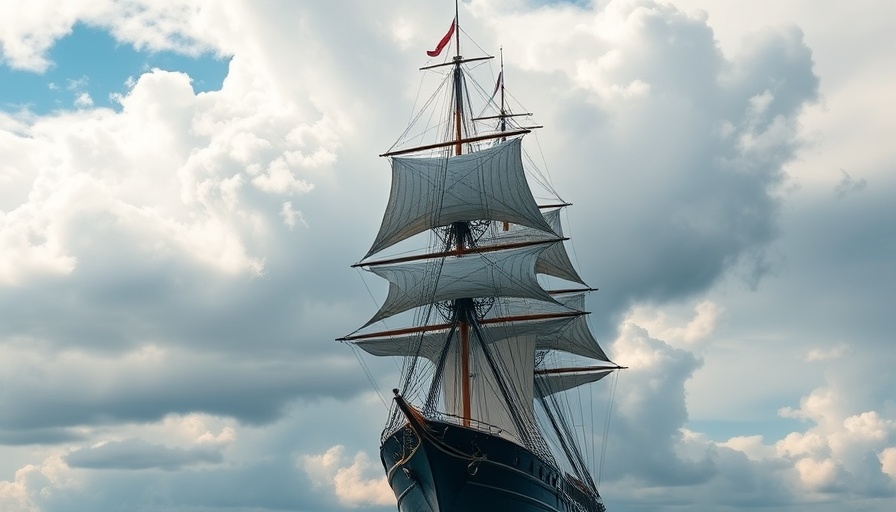
The Start of a Comprehensive Investigation
The National Transportation Safety Board (NTSB) commenced its investigation into the tragic accident involving the Mexican Navy training ship Cuauhtémoc, which collided with the iconic Brooklyn Bridge over the weekend. This incident, which led to the deaths of two crew members and injuries to at least 22 others, has prompted extensive inquiries into the circumstances surrounding the crash.
Fatal Details of the Collision
Initial reports indicate the Cuauhtémoc was involved in a ceremonial departure from Pier 17 when it struck the bridge. According to a timeline provided by authorities, the vessel started its departure on Saturday evening. At 8:20 p.m., the ship began moving, aided by a tugboat. Just four minutes later, it collided with the Brooklyn Bridge, resulting in catastrophic damage—its three masts snapping upon impact. Rescuers arrived within minutes, but the harrowing scene left a deep mark on the city.
Analyzing Contributing Factors
As investigators delve into the causative factors of this incident, they are assessing both environmental conditions and the ship's operational status at the time of the crash. NTSB officials have emphasized the importance of gathering all available data, including engine performance metrics and any possible mechanical failures. Investigators are particularly interested in how wind and tide might have affected the ship's maneuvers as it approached the bridge.
Accessing the Cuauhtémoc: A Key to Understanding
Central to the investigation is the NTSB's need to perform an in-depth examination of the Cuauhtémoc, currently docked at Pier 36. However, they face complications in accessing the ship due to requirements for permission from the Mexican government. The ship's status and the conditions leading up to the crash will be crucial in determining the accident's causes. Investigators have requested members of the public share any video footage of the incident, indicating the need for a comprehensive review of firsthand accounts.
Public and Government Responses
This incident has sparked a wave of reactions, not just among officials but also within local communities who witnessed the chaos unfold. The Brooklyn Bridge, a celebrated landmark, remains structurally sound, alleviating immediate concerns about the infrastructure's integrity. Nevertheless, as tragic stories of those affected emerge, public sentiment is deeply felt, with calls for accountability and thoroughness in the investigation.
Implications for Future Maritime Operations
The collision raises significant questions about safety protocols and navigational practices in crowded urban waterways. The NTSB highlighted this event as part of a larger discourse on maritime safety, especially concerning training vessels like the Cuauhtémoc. Moving forward, regulatory bodies may need to re-evaluate existing guidelines to prevent similar accidents in the future.
Looking Ahead: What to Expect
The NTSB plans to release a preliminary report in approximately 30 days, which will provide initial insights but will not speculate on the causes. This ongoing investigation underscores the complexity of maritime operations near densely populated urban infrastructures, drawing attention to the need for higher safety standards. Future investigations may hinge on technological advancements that can provide more data on ship movements and reactions to environmental conditions.
As we await the outcomes of the NTSB's work, it’s important for individuals to stay informed on maritime safety and the protection of public spaces, particularly iconic structures like the Brooklyn Bridge.
Take Action: Stay Informed
To stay updated on the latest developments from this investigation and other significant national news, consider subscribing to trusted news sources. It's essential to stay informed about incidents that impact our communities and national infrastructure.
 Add Element
Add Element  Add Row
Add Row 



Write A Comment